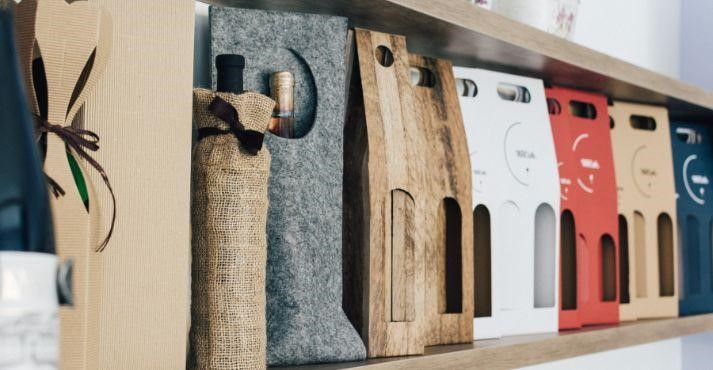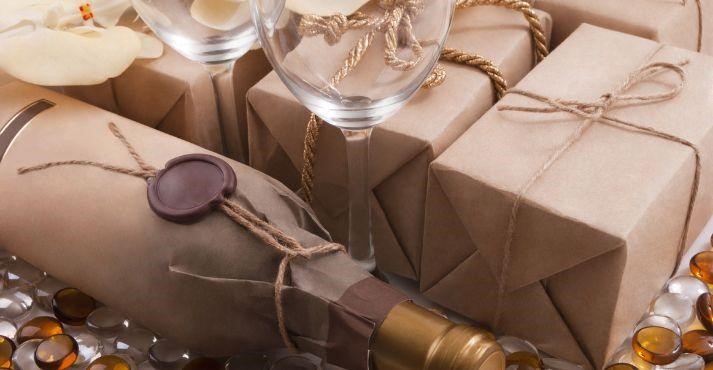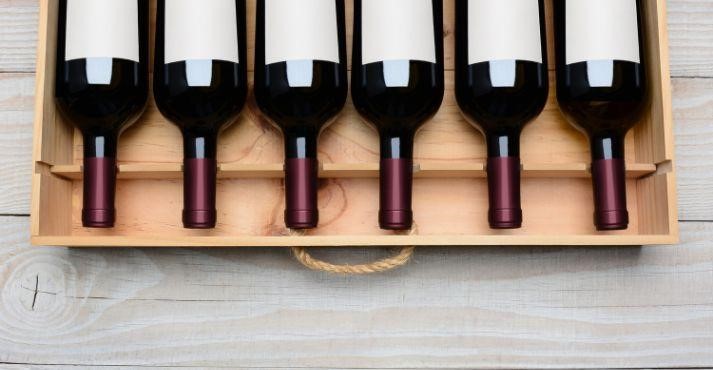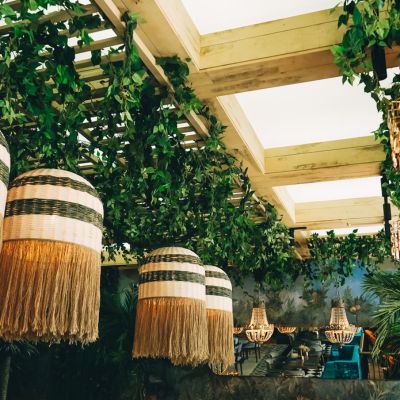Welcome to exploring the wine packaging market, where simplicity meets significance. In this blog, we’ll provide an overview of the current landscape, emphasizing the pivotal role packaging plays in the wine sector. Our focus is on analyzing trends shaping the wine packaging market in 2024.
Packaging isn’t just about containment; it significantly influences consumer experiences and industry trends. Throughout this blog, we’ll examine the practical aspects of the industry, from the utilization of sustainable materials to the adoption of innovative designs.
We aim to shed light on why packaging matters within the wine sector and dissect emerging patterns that dictate consumer preferences.
Current Overview of the Wine Packaging Market
The global wine packaging market stands robust, with a market size of approximately $5.6 billion in 2024. Key players such as Amcor Limited and Ball Corporation dominate this industry, accounting for a combined dominant share. Geographically, North America leads with a 35% market share, followed closely by Europe at 30%.
As per the wine market analysis, in terms of materials, wine glass remains the primary choice for wine packaging, constituting 70% of the market, while plastic and paper packaging hold 15% each.
Recent developments highlight a growing shift toward sustainable practices, with a 20% increase in demand for eco-friendly packaging materials.
The wine packaging industry has witnessed a notable trend in innovative designs, with a 15% rise in demand for unique and aesthetically pleasing packaging solutions. This shift aligns with consumer preferences, emphasizing the significance of packaging in influencing purchasing decisions.
The industry is poised for further growth, with a projected annual increase of 5.48% in the coming years, reflecting the dynamic nature of the global wine market.
Types of Wine Packaging

Wine packaging materials come in diverse forms, each with unique pros and cons.
1. Glass Bottles
The classic choice, glass bottles, dominates the market, offering an elegant presentation and preserving the wine’s flavor. However, they are heavier and more prone to breakage during transportation.
2. Cans
Cans have gained popularity, especially for single servings, due to their lightweight and portability, making them suitable for picnics or outdoor events. However, some argue that the metallic taste can affect the wine’s flavor profile.
3. Bags
Boxes, often in the form of bag-in-box packaging, are praised for their cost-effectiveness and ability to preserve wine for an extended period. On the downside, they may need more sophistication associated with bottles.
Sustainability and Technology
In terms of wine packaging materials, the trend of sustainable packaging is a growing practice. Biodegradable and recycled materials are increasingly used to align with eco-conscious consumer preferences. This shift reflects the broader trend in the packaging industry towards environmentally friendly solutions.
Moreover, technology influences wine packaging, with innovations such as intelligent labels providing information about the wine’s origin and optimal serving temperature.
These trends showcase the dynamic nature of the wine packaging industry, where traditional choices coexist with innovative and sustainable alternatives, driven by advancements in food packaging technology and an evolving consumer landscape.
Innovations in Wine Packaging

Recent years have witnessed exciting innovations in wine packaging materials, transforming how we perceive and interact with our favorite vintages. Wineries increasingly leverage technology and sustainable materials to create packaging solutions that stand out in the market.
One notable trend is the integration of food packaging technology in wine labels. Smart labels provide consumers with interactive experiences, offering information about the wine’s origin, food pairing suggestions, and even augmented reality features.
Sustainability is a critical driver in packaging innovation within the wine packaging industry. Winemakers are exploring eco-friendly materials, such as recycled paper and biodegradable plastics, reducing the environmental impact of packaging.
Several wineries are setting examples with creative packaging solutions. For instance, some embrace minimalist designs that reduce waste and convey a sense of modernity.
Others explore innovative bottle shapes or alternative materials, challenging traditional norms in the wine packaging market.
These innovations underscore the dynamic nature of the wine packaging market, where creativity, technology, and sustainability converge to meet consumers’ evolving expectations.
As wineries experiment with novel approaches, the future promises even more exciting developments in wine packaging.
Sustainability in Wine Packaging

Sustainability has emerged as a central theme in the wine packaging market, reflecting a growing awareness of environmental impact. Wineries increasingly adopt eco-friendly practices to align with consumer expectations and reduce their carbon footprint.
A notable trend is the use of sustainable materials in wine packaging. Winemakers are exploring options such as recycled glass, lightweight packaging, and biodegradable materials.
This shift towards eco-conscious choices minimizes environmental harm and appeals to a consumer base that values sustainability.
Beyond materials, wineries are implementing green practices in their production and distribution processes. This includes adopting energy-efficient technologies, optimizing packaging designs to reduce waste, and exploring alternative transportation methods to lower emissions.
Consumer preferences are pivotal in driving these sustainable wine packaging trends. Statistics reveal a significant uptick in consumer demand for eco-friendly options, with a notable percentage expressing a willingness to pay more for wines packaged sustainably.
As wineries continue to embrace sustainability in wine packaging, the industry is witnessing a positive transformation. This shift not only addresses environmental concerns but also positions winemakers as responsible stewards of the planet.
The future of wine packaging trends undoubtedly leans towards sustainability, reflecting a harmonious blend of quality, innovation, and eco-conscious choices.
Challenges and Opportunities in Wine Packaging
Navigating the wine packaging market is a process filled with challenges and opportunities. From environmental concerns to changing consumer tastes, understanding these aspects is crucial in shaping the future of wine packaging.
Challenges in Wine Packaging
Sustainability Struggle:
- Challenge: Finding eco-friendly materials that still look good.
- Expert Advice: Sustainability experts say using recyclable materials can be attractive and planet-friendly.
Regulatory Roadblocks:
- Challenge: Keeping up with global packaging rules.
- Expert Advice: Industry leaders suggest staying informed and adjusting packaging strategies to meet evolving standards.
Opportunities for Growth
Innovative Materials Exploration:
- Opportunity: Trying out new sustainable packaging materials.
- Expert Advice: Using innovative materials can make brands stand out and attract eco-conscious consumers.
Digital Engagement Boost:
- Opportunity: Adding technology for better consumer connection.
- Expert Advice: Tech experts recommend smart labels and augmented reality for informative and engaging packaging.
Wine Packaging Market (FAQs)
Which Material Is Most Preferred For Wine Packaging?
Glass remains the most preferred material for wine packaging, constituting approximately 70% of the market due to its ability to preserve flavor and maintain an elegant presentation.
What Is The Current Growth Rate Of The Wine Packaging Market?
As of the latest data, the wine packaging market is experiencing a steady annual growth rate of around 5.48%, driven by increasing consumer demand, innovative packaging solutions, and a focus on sustainability.
Conclusion
In summary, wine packaging is a blend of tradition and new ideas. Glass bottles are still the top choice, but now there’s a new shift toward eco-friendly materials and creative designs in the wine packaging market.
We face challenges like rules and wanting to be more Earth-friendly. Yet, there are exciting growth opportunities – like using smart labels and finding new materials. The future looks bright as wineries aim for sustainability and follow what people like.
By keeping it eco-friendly and catching up with cool tech, wine packaging is on its way to a future where it looks good, works well, and cares for our planet. Cheers to a tasteful and sustainable journey ahead!












